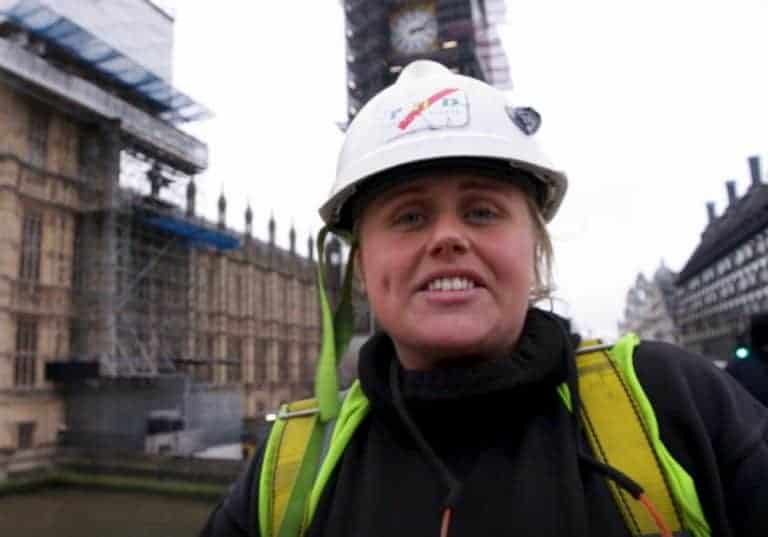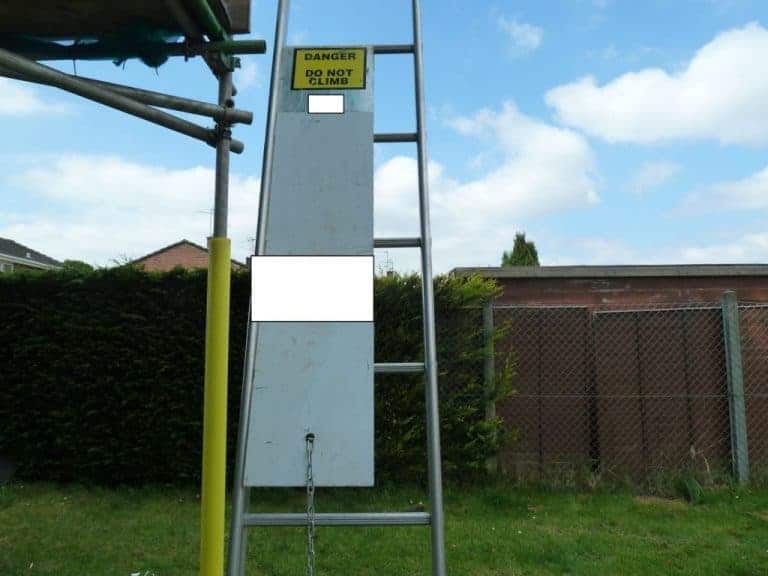Founded in 1984 by Bernard Dwyer, London-based PHD has established as one of the go-to construction access firms in the country, providing scaffolding solutions to a broad range of projects. In recent years those have included One Hyde Park, the London 2012 Olympics, the Cutty Sark’s restoration, Victoria Tower at the Palace of Westminster, and both Kings Cross and Marylebone stations.
Expanding from an entirely scaffold and modular access business to now include a range of other solutions, in 2019 PHD is looking to create a national network of firms across the UK. All of which would be held to the same standards, with contracts distributed to the best in their respective fields within the respective regions. Localised work on a national level. Keen to learn more, we asked Alan Brockhouse, the firm’s CEO, what this means for the company and end customer alike.
“Our clients are important to us, and we want to be able to service them on a national scale. Many of the firms that we service are national and multi-national companies, that have access requirements across England and Wales,” he explains.
“Having established excellent relationships with these firms and produced cost-effective, high-quality access solutions for them, they inevitably want to use our services further afield. This is where our concept of our national network originates from.
“By setting up key hubs across the UK, we are looking to acquire businesses in other regions of the country, with focus across the infrastructure, commercial and residential sectors.
“We have already established an office in Manchester, and are looking for another in Cambridge, where we are currently providing access solutions to the AstraZeneca campus. We believe Cambridge’s ever-expanding technology sector means it will act as an excellent base for us to establish new sources of work.”
It’s a logical idea. Strength will always be found in numbers, and while the world continues to become more globalized, specialist knowledge of particular locations and areas is growing in importance. That goes for everything from leisure and recreational services to property development.
At the same time, by expanding to incorporate, rather than replace regional counterparts, local economies can be bolstered, as oppose to it simply being a case of job creation during a project’s lifespan, and employment depletion when that project ends and the company charged with delivery moves on to the next, perhaps in the opposite end of the country. And when there’s less upheaval, costs can be reduced.
“The network will also allow us offer cheaper solutions for our clients. With access equipment being sourced locally and less transport costs, we can offer a faster, greener and more efficient service,” Mr Brockhouse added.
“Another benefit of providing regional hubs is guaranteeing work for local labourers for sustained periods in identifiable geographical areas. We will be able to give workers financial stability and the reassurance that they can work in their preferred locations.”
Change is certainly a hot topic in the UK right now, as uncertainties over Brexit and the future of a country attempting to pave its own way forward continue. Conversely, PHD’s plans boil down to unifying and pooling resources in order to safeguard its future, and the great unknowns of Britain post-March 29 are precisely the reason why now is the time for this to happen.
“Strangely, it is the current uncertainty in the industry which we feel makes it the right time for expansion,” Mr Brockhouse explains. “We are confident in our ability to create cost-effective solutions for clients based partly on the fact that we already have an efficient, streamlined business model.
“It’s my belief that as the market tightens others won’t possess the same confidence in their business and will be looking for a way out. The continuing uncertainty caused by Brexit is another reason that many access firm owners may be willing to cash their chips in now. It’s a cliché but the uncertainty can bring opportunity.”
If the idea proves to be successful the next five years could be transformational for PHD and its partners, with eyes firmly set on cementing the brand name as the gold standard for cost-effective access solutions domestically, while also expanding beyond the current territories into more overseas locations.
A courageous step forward that evidences both determination and a clarity of vision, we wouldn’t be the only ones to point out the irony of a company acting in this way as a direct response to circumstances brought about by a government that seems unable to follow suit. Exciting times for all involved, it’s a welcome example of industry confidence at a time when we need it most.
This article was first published in ScaffMag Issue 5
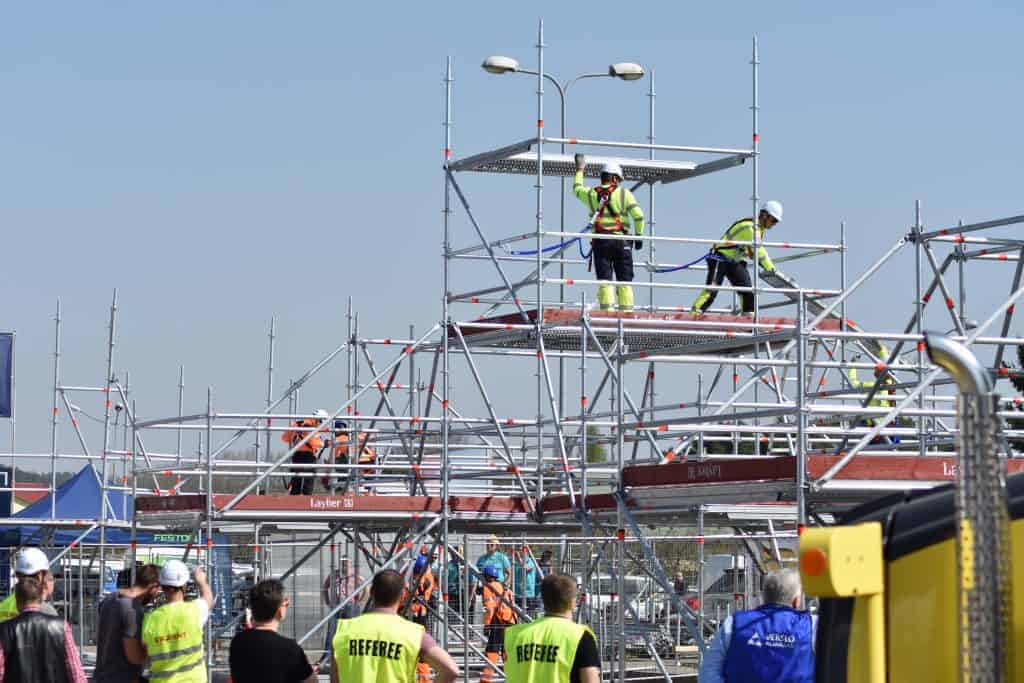 Nine teams of five scaffolders had to safely erect and dismantle a designed freestanding system scaffold within two hours. Each competing team was against the clock and under the scrutiny of industry expert referees who would impose time penalties for any safety breaches or construction inaccuracies.
Nine teams of five scaffolders had to safely erect and dismantle a designed freestanding system scaffold within two hours. Each competing team was against the clock and under the scrutiny of industry expert referees who would impose time penalties for any safety breaches or construction inaccuracies.

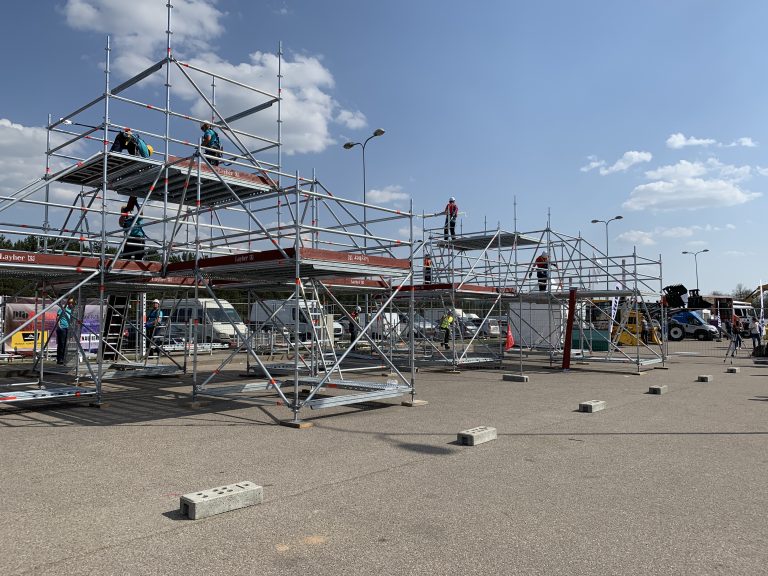


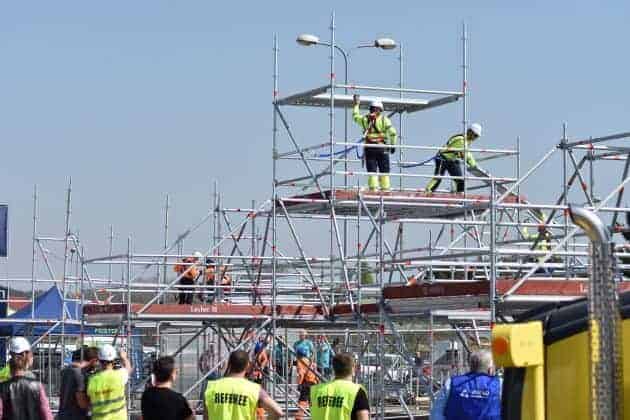

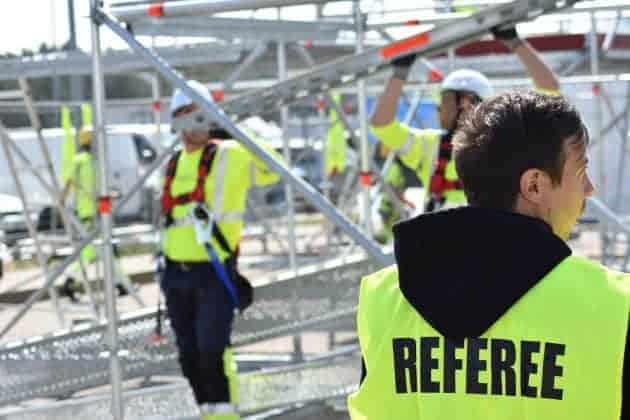

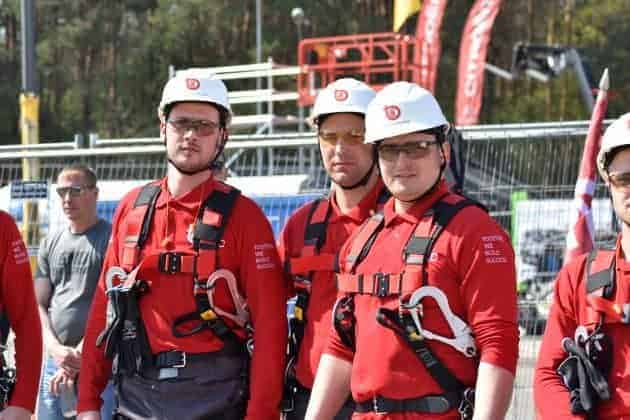

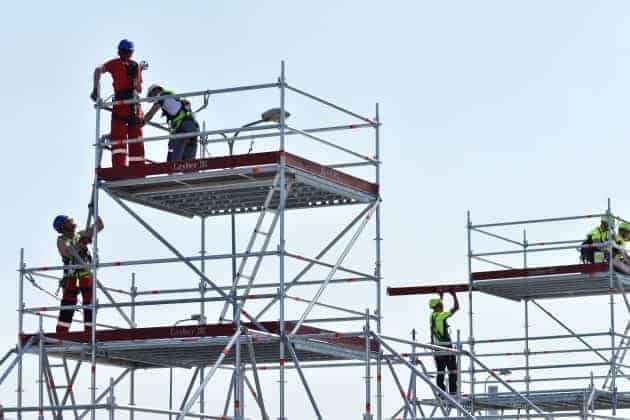
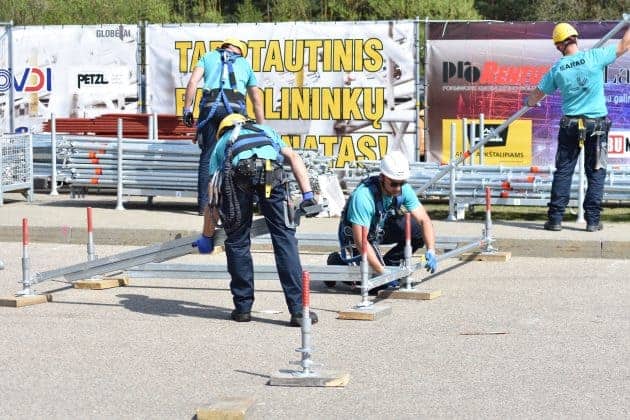
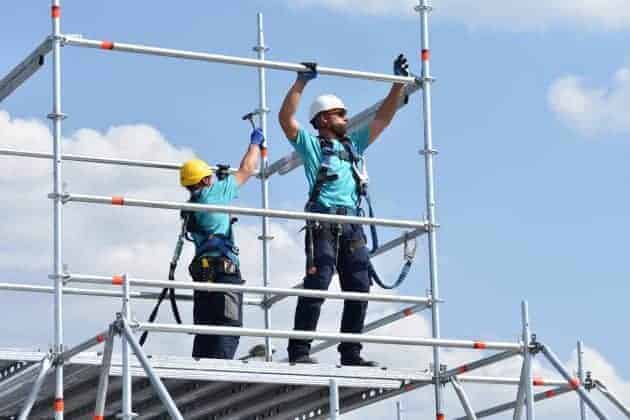
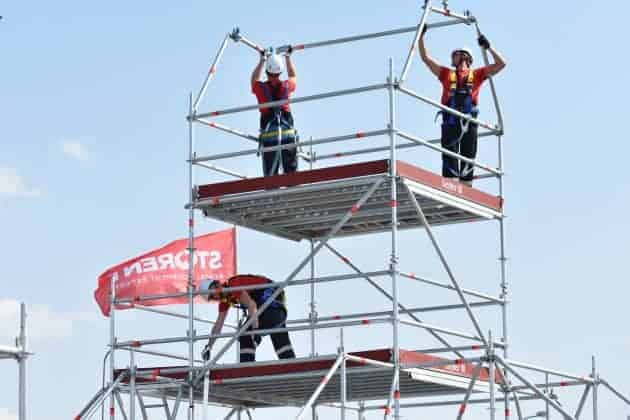
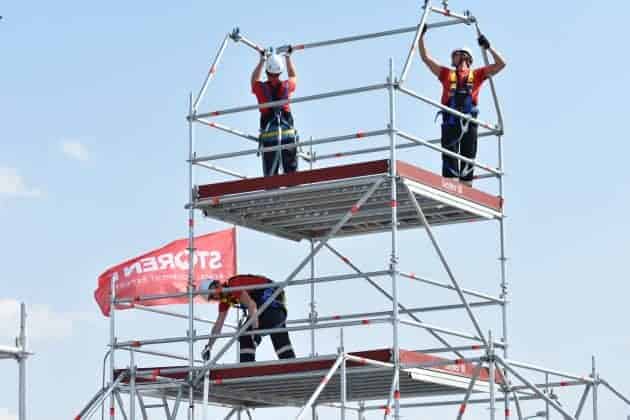
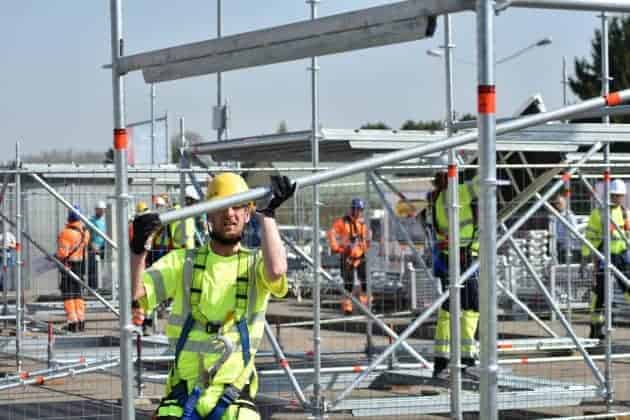
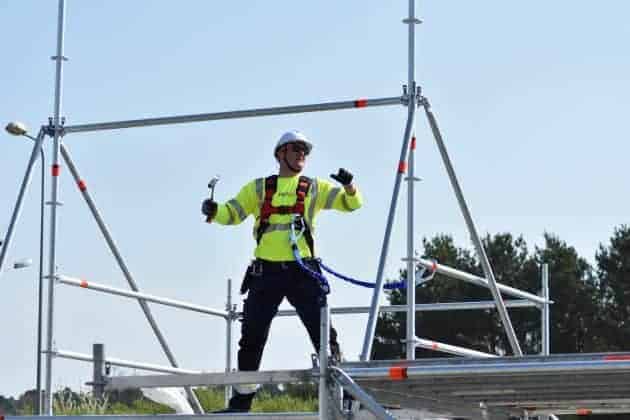
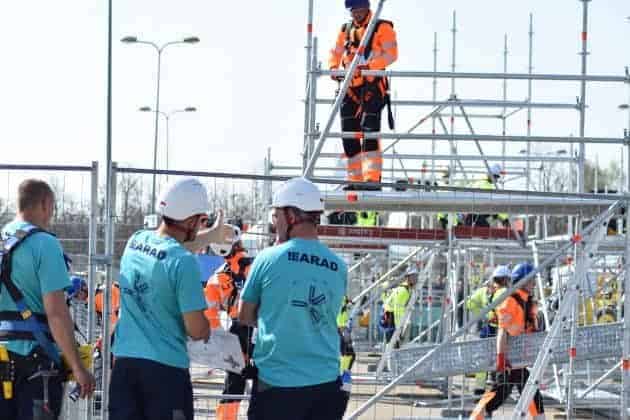

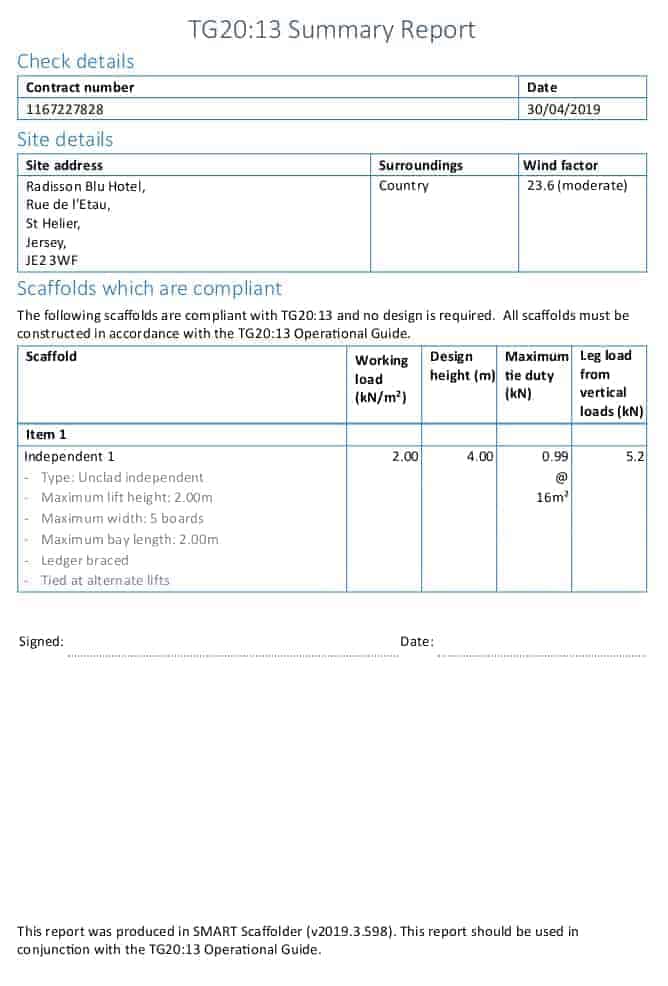 Ian Chambers, Sales and Marketing Director at SMART Scaffolder, said “we are always looking to enhance our software to ensure scaffolders have the best possible tools to simply create TG20 compliant scaffolds and minimise the need to commission expensive engineering calculations. Now our customers in the Channel Islands have access to the same precise wind design information as the rest of the UK.”
As well as providing a summary report with SMART Estimator you can create drawings, a professional quote, a cost breakdown and an accurate material list. This combination of features put quality assurance at the heart of your organization.
For more information please follow this link:
Ian Chambers, Sales and Marketing Director at SMART Scaffolder, said “we are always looking to enhance our software to ensure scaffolders have the best possible tools to simply create TG20 compliant scaffolds and minimise the need to commission expensive engineering calculations. Now our customers in the Channel Islands have access to the same precise wind design information as the rest of the UK.”
As well as providing a summary report with SMART Estimator you can create drawings, a professional quote, a cost breakdown and an accurate material list. This combination of features put quality assurance at the heart of your organization.
For more information please follow this link: 


